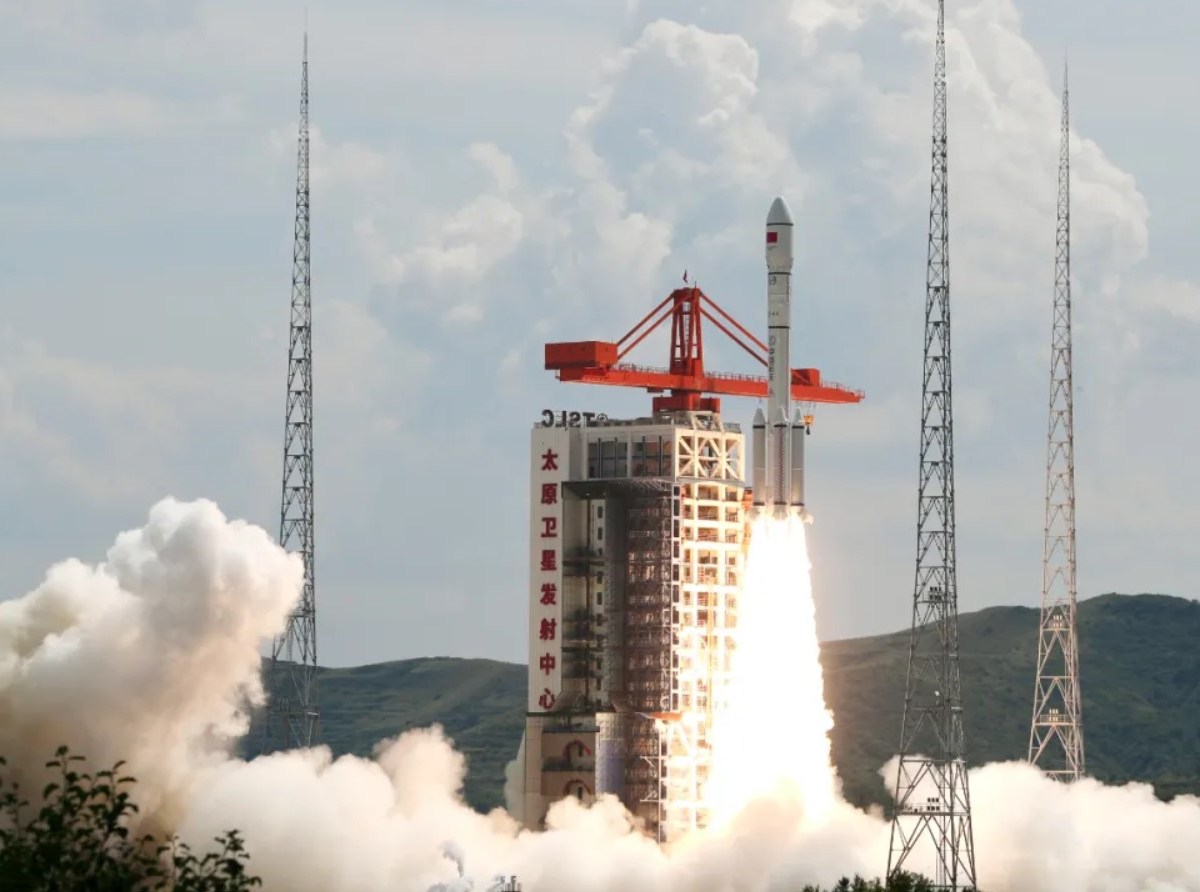- cross-posted to:
- astronomy@mander.xyz
- cross-posted to:
- astronomy@mander.xyz
As originally posted here (cw: lemm.ee), you can see that American tax dollars are helping large-language mod-- I mean, pop-sci article authors really hit their stride. Rather than copy my post from the linked thread, I'll summarize: China's Qianfan satellite constellation is about as bright as Starlink's first satellite constellation, and significantly dimmer when low in the sky. The paper cited by the SpaceNews article (https://arxiv.org/pdf/2409.20432v1) at no point says "significantly brighter than those of Western systems" as the article claims in the first sentence. In fact, the ArXiv paper's conclusion is as follows:
- Conclusions
The brightness of Qianfan spacecraft ranges from magnitude 4 when they are near zenith to 8 when low in the sky. Nearly all of the observations can be modeled with a nadir-facing flat antenna panel and the underside of a zenith-facing solar array, both with Lambertian reflection properties. These satellites will impact astronomical research and aesthetic appreciation of the night sky unless their brightness is mitigated.
This is the same conclusion that scientists reached about Starlink years ago, and it's still true today.
You might also be wondering who Jeff Foust, the author of this article, is. Prior to writing for SpaceNews, he was a "senior aerospace analyst with the Futron Corporation" (not to be confused with Futron Inc., as I nearly did), which as far as I can tell, was just some dime-a-dozen consulting firm that got bought out by another consulting firm that got bought out by another consulting firm. Folks, the imperialists aren't sending their best.



I mean sure it's racist bullshit but isn't this just as bad as starlink? This kind of constellation should be opposed regardless of who runs it.